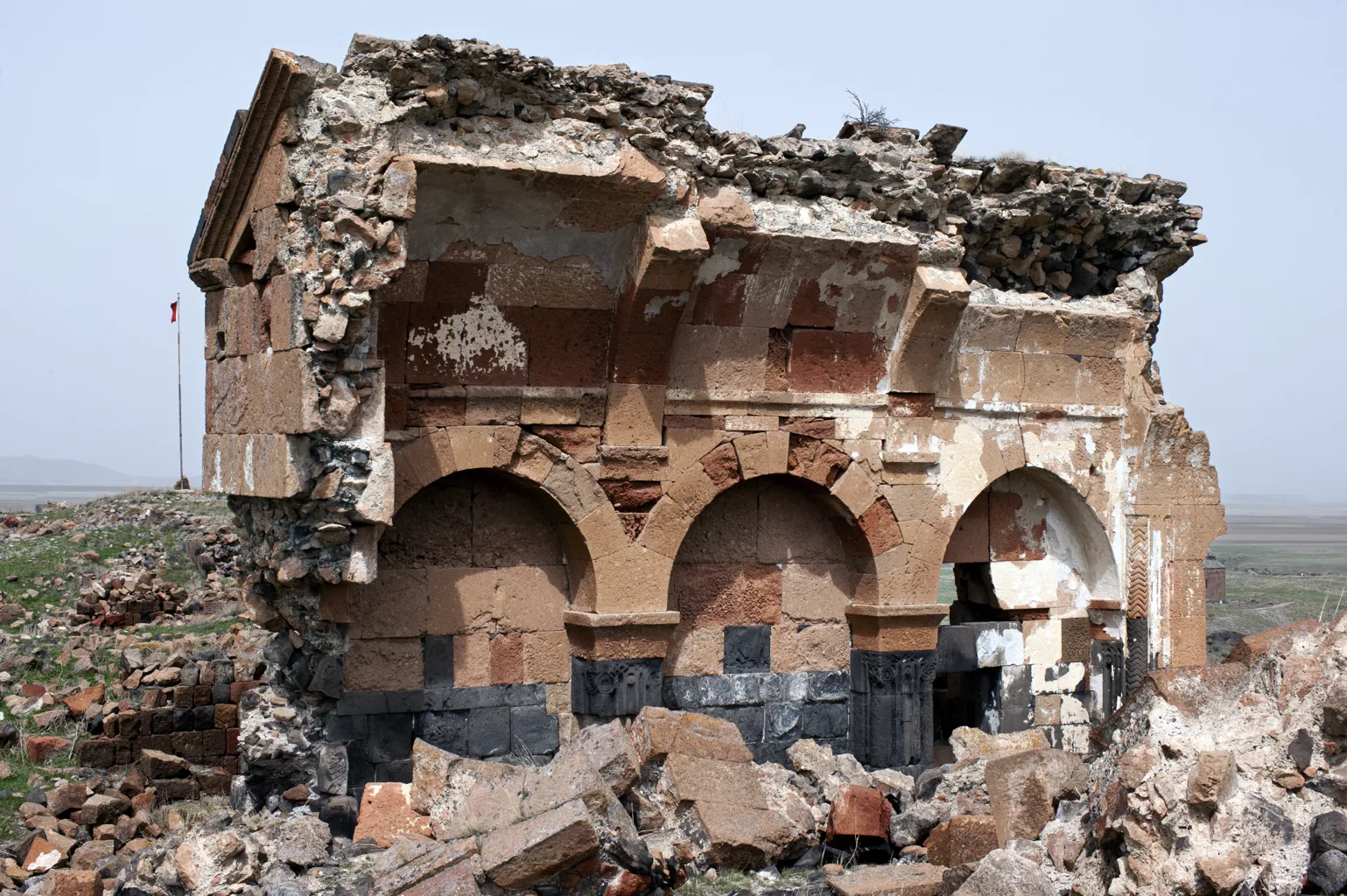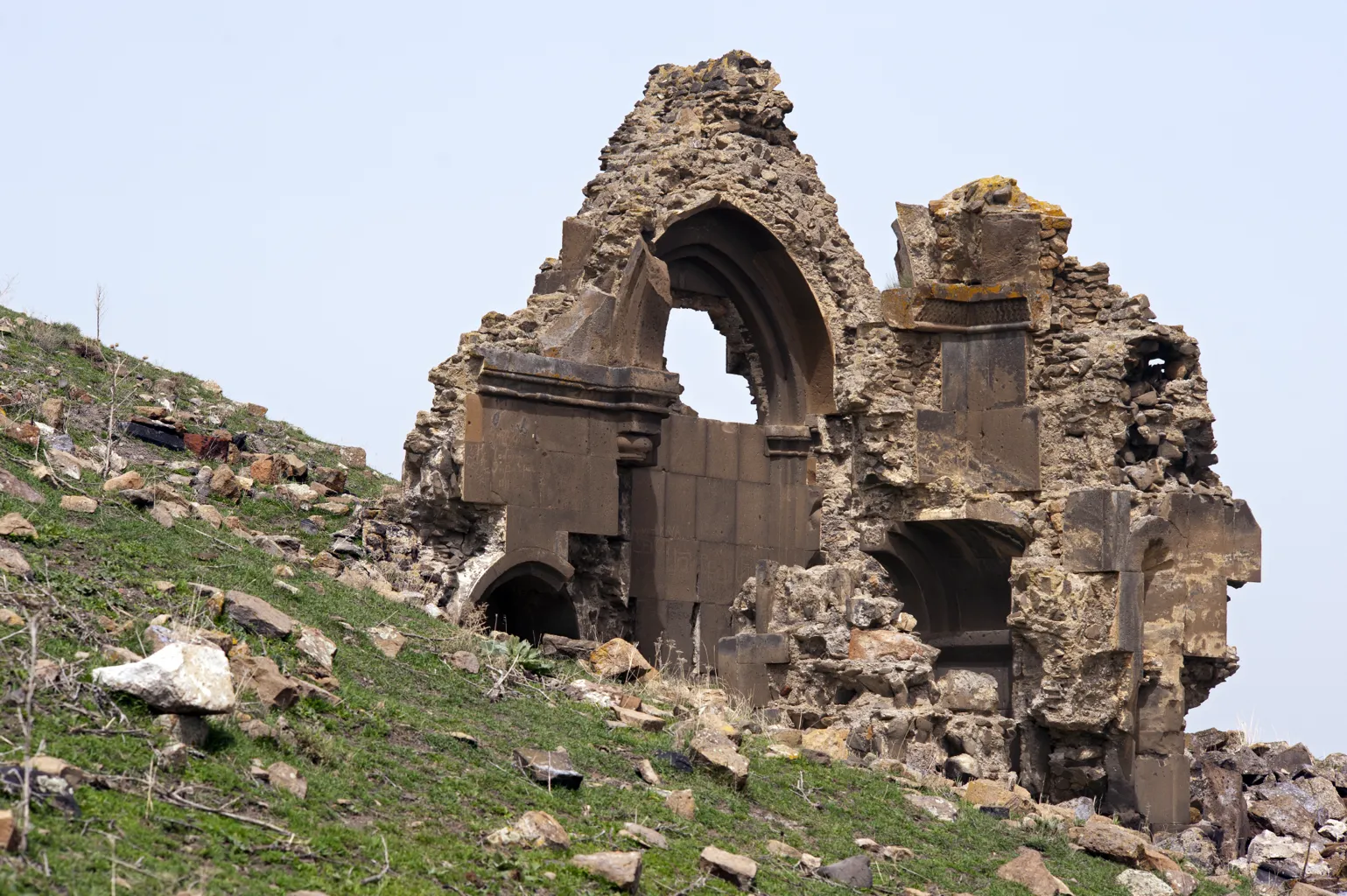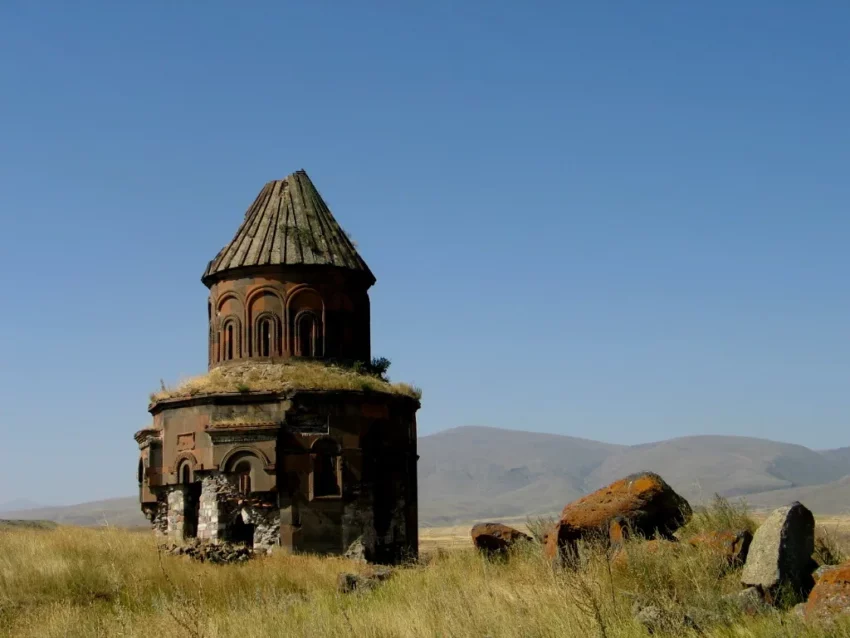The Medieval Armenian Capital
Ani, a once-thriving medieval city located in the present-day province of Kars in Turkey, near the closed border with Armenia, serves as a significant cultural and historical site. The city’s rich history, architectural innovations, and its role as a cultural and economic hub during the medieval period make it a subject of considerable interest among historians and archaeologists.
Get your dose of History via Email
Historical Significance
Ani was the capital of the Bagratid Armenian kingdom from 961 to 1045 AD, covering much of present-day Armenia and eastern Turkey. During its zenith, Ani was one of the largest cities in the world, with a population exceeding 100,000. It was known as the “City of 1,001 Churches,” although the actual number of religious structures was less. Archaeological excavations have uncovered 50 churches, 33 cave chapels, and 20 chapels, highlighting its status as a religious center.
The city’s architecture was notable for its sophistication, with the Cathedral of Ani being a prime example. This cathedral is credited with influencing the development of Gothic architecture in Europe, particularly through its early use of ribbed vaulting.

Cultural and Economic Hub
Ani’s location on various trade routes contributed to its significance as a cultural and economic center. The city was a melting pot of different cultures and religions, which is reflected in the diverse architectural styles of its buildings. Its economic prosperity was tied to its role as a trading hub, dealing with the Byzantine Empire, the Persian Empire, and other regions.
Decline and Abandonment
The decline of Ani began with its sacking by the Mongols in 1236 AD. A devastating earthquake in 1319 AD, along with the shifting of regional trade routes, further led to its decline. By the 17th century, Ani was completely abandoned. Despite its abandonment, Ani remains a symbol of Armenian cultural and historical heritage, recognized globally for its historical significance.
UNESCO World Heritage Site
In 2016, Ani was inscribed as a UNESCO World Heritage Site. This recognition was based on its outstanding universal value, showcasing medieval Armenian architectural styles and its role as a cultural crossroads. The UNESCO status has helped in the preservation and protection of Ani, highlighting its significance in the study of medieval architecture and urban planning.

Current State and Conservation Efforts
Today, Ani stands as a ruin, but conservation efforts have been ongoing to preserve its remaining structures. The World Monuments Fund and other organizations have been involved in these efforts, focusing on stabilizing and restoring key buildings such as the Cathedral and the Church of the Holy Redeemer.
Conclusion
Ani offers invaluable insights into medieval Armenian culture, architecture, and urban development. Its historical significance as a former capital, a cultural hub, and a site of architectural innovation makes it a critical subject of study for historians and archaeologists. The ongoing conservation efforts and UNESCO recognition underscore the global importance of preserving such historical sites for future generations.
Sources:

